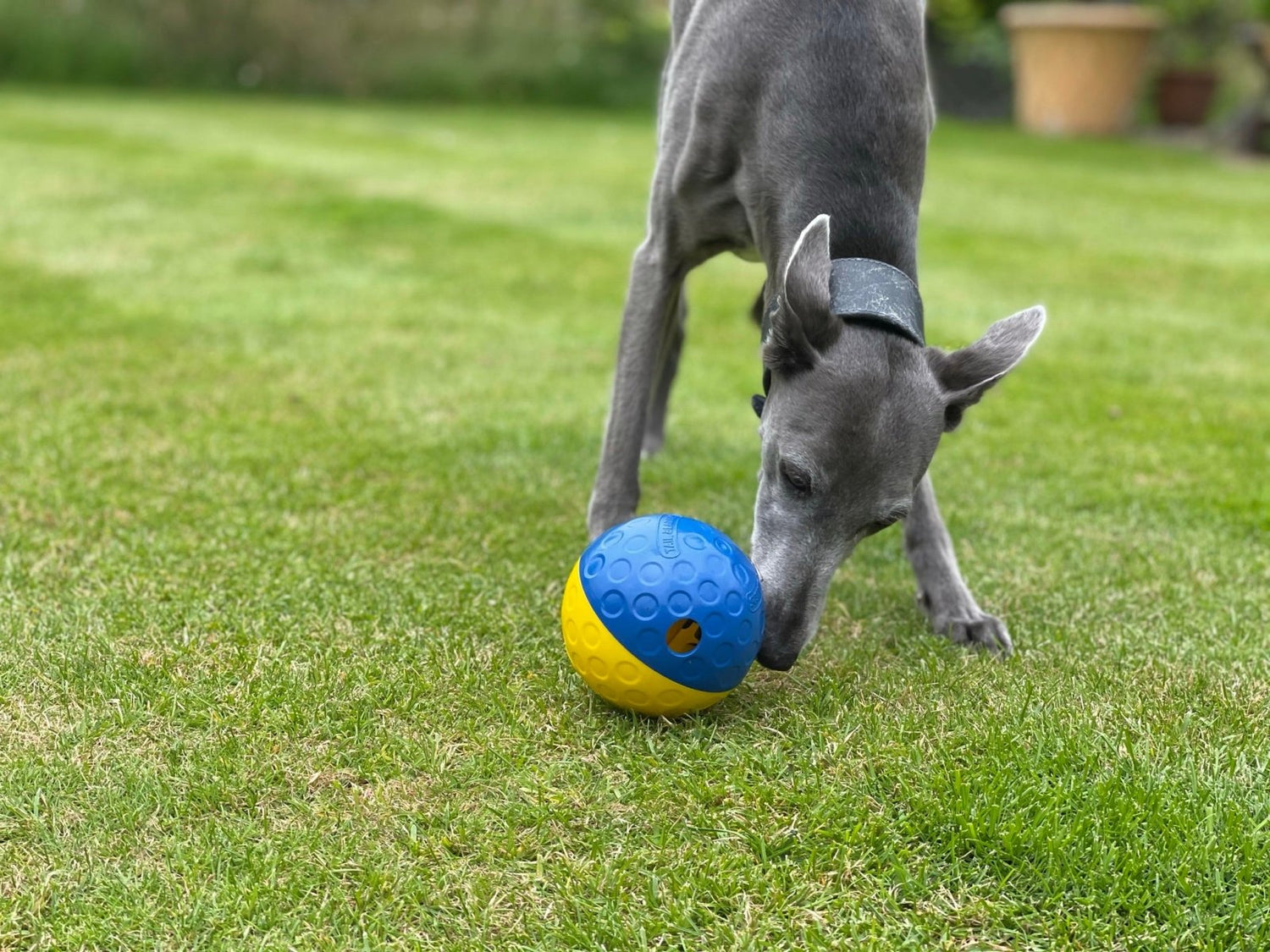Dogs have long been considered man’s best friend, but how well do we truly understand them? In 2025, research into canine psychology has advanced, giving us deeper insights into how dogs think, feel, and communicate. Understanding canine emotions and behaviour not only strengthens the bond between owners and their pets but also improves training, socialisation, and overall well-being.
Do Dogs Have Emotions?
Yes! Dogs experience a range of emotions, from happiness and excitement to fear and anxiety. While they may not feel complex emotions like guilt or pride in the way humans do, they do exhibit behaviours that suggest deep emotional intelligence. Studies show that dogs have similar brain structures to humans related to emotion processing, and they even release oxytocin—the “love hormone”—when bonding with their owners.
Common Canine Emotions and How to Recognise Them
1. Happiness
Signs of a happy dog include:
A wagging tail (but context matters!)
Relaxed ears and body posture
Playful behaviour, such as zoomies
Soft, blinking eyes
2. Anxiety or Fear
Dogs show fear and anxiety in various ways, including:
Tucked tail and flattened ears
Avoiding eye contact
Excessive panting or pacing
Hiding or retreating from people or other animals
3. Excitement
Over-excited dogs may:
Jump up on people
Bark excessively
Spin in circles
Struggle to calm down even after playtime
4. Stress or Overstimulation
When dogs are overwhelmed, they might:
Yawn excessively (a calming signal)
Lick their lips
Shake off as if they’re wet
Display whale eye (showing the whites of their eyes)
Yes! Dogs experience a range of emotions, from happiness and excitement to fear and anxiety. While they may not feel complex emotions like guilt or pride in the way humans do, they do exhibit behaviours that suggest deep emotional intelligence. Studies show that dogs have similar brain structures to humans related to emotion processing, and they even release oxytocin—the “love hormone”—when bonding with their owners.
Common Canine Emotions and How to Recognise Them
1. Happiness
Signs of a happy dog include:
A wagging tail (but context matters!)
Relaxed ears and body posture
Playful behaviour, such as zoomies
Soft, blinking eyes
2. Anxiety or Fear
Dogs show fear and anxiety in various ways, including:
Tucked tail and flattened ears
Avoiding eye contact
Excessive panting or pacing
Hiding or retreating from people or other animals
3. Excitement
Over-excited dogs may:
Jump up on people
Bark excessively
Spin in circles
Struggle to calm down even after playtime
4. Stress or Overstimulation
When dogs are overwhelmed, they might:
Yawn excessively (a calming signal)
Lick their lips
Shake off as if they’re wet
Display whale eye (showing the whites of their eyes)
How Dogs Communicate: Body Language & Vocalisations
Understanding a dog’s communication cues can prevent misunderstandings and strengthen your relationship. Here are key ways dogs express themselves:
Tail Wagging: Not all wagging means happiness! A slow wag can indicate insecurity, while a stiff wag might signal alertness or aggression.
Ear Positioning: Forward ears often indicate curiosity, while pinned-back ears suggest fear or submission.
Barking & Growling: Context is crucial—barking can express excitement, alertness, or frustration, while growling doesn’t always mean aggression (sometimes it's a playful invitation).
Licking & Nuzzling: Affectionate behaviours that strengthen bonds between dogs and their owners.
How to Strengthen the Human-Dog Bond
Engage in Positive Reinforcement TrainingReward-based training builds trust and encourages good behaviour without fear or intimidation.
Provide Mental StimulationPuzzle toys, scent games, and interactive play prevent boredom and improve cognitive function.
Respect Their Space & Comfort ZonesEvery dog has different boundaries; understanding their comfort levels is key to a healthy relationship.
Speak Their LanguageLearning canine body language helps owners respond appropriately to their dog’s needs and emotions.
Conclusion
Dogs are intelligent, emotional beings capable of deep connections with their owners. By understanding their psychology, recognising their emotions, and learning their communication signals, we can create a stronger, more fulfilling bond with our furry companions. In 2025 and beyond, advancements in canine research continue to reveal just how incredible our four-legged friends truly are.
Want to learn more about your dog’s behaviour? Stay updated with the latest insights and expert tips by following our blog!
Our Enrichment Toy. SHOP NOW


Reference links:






